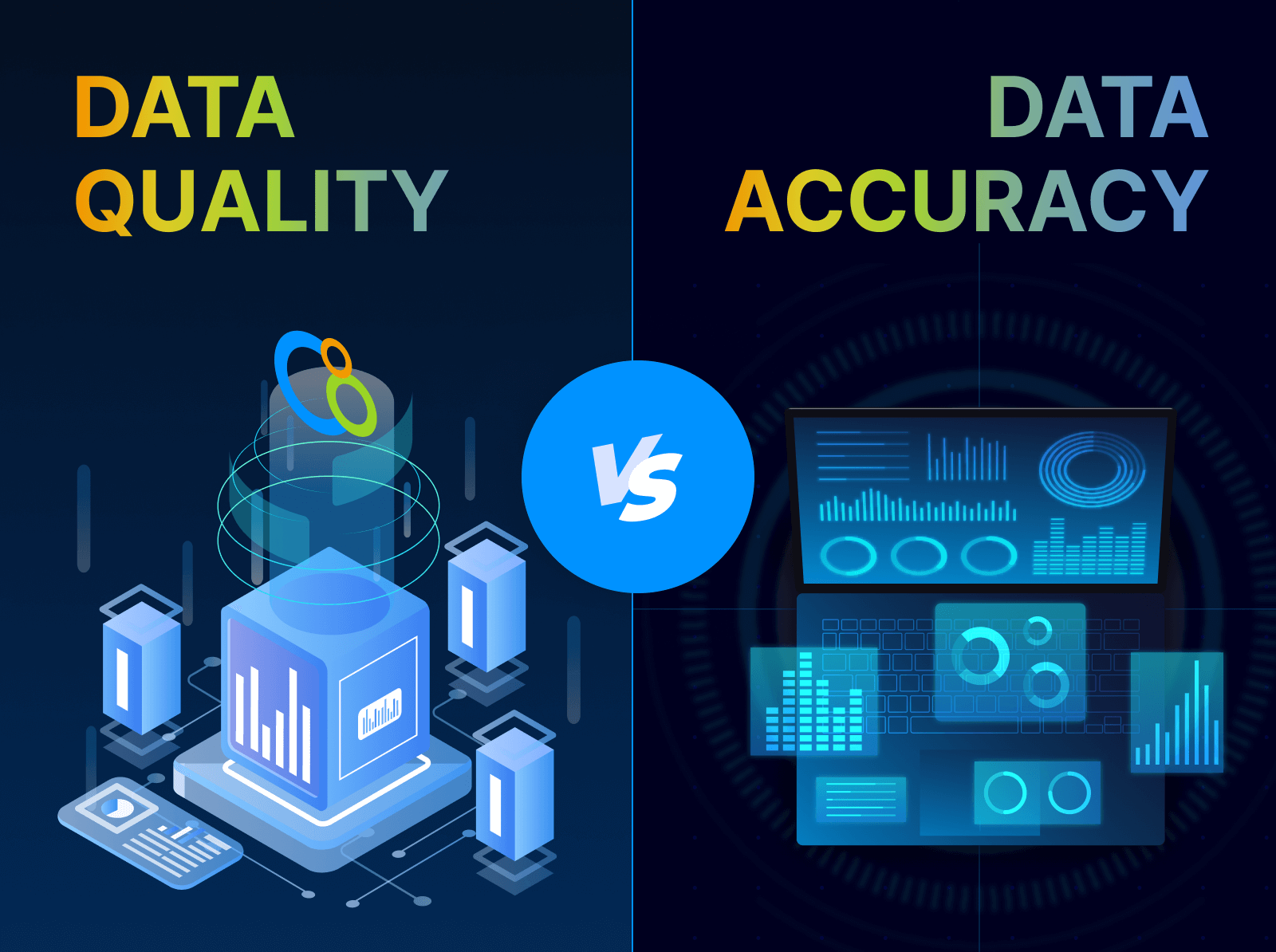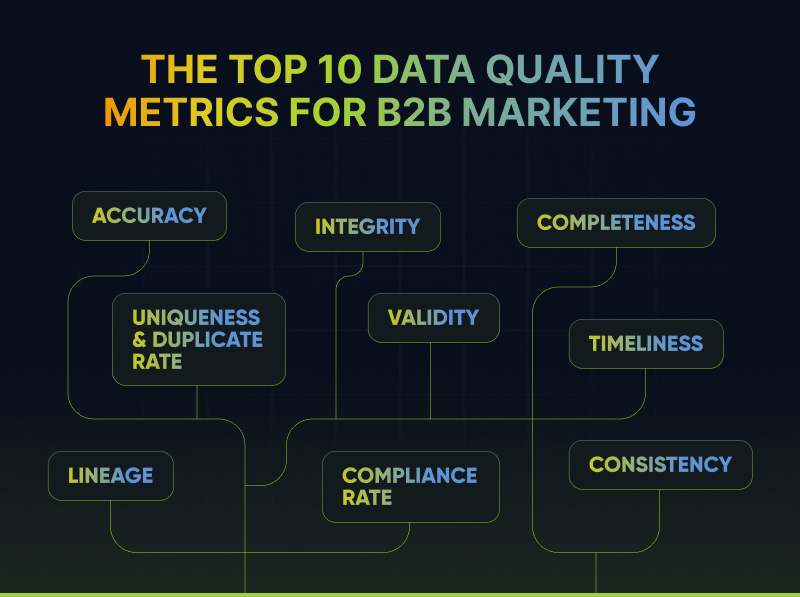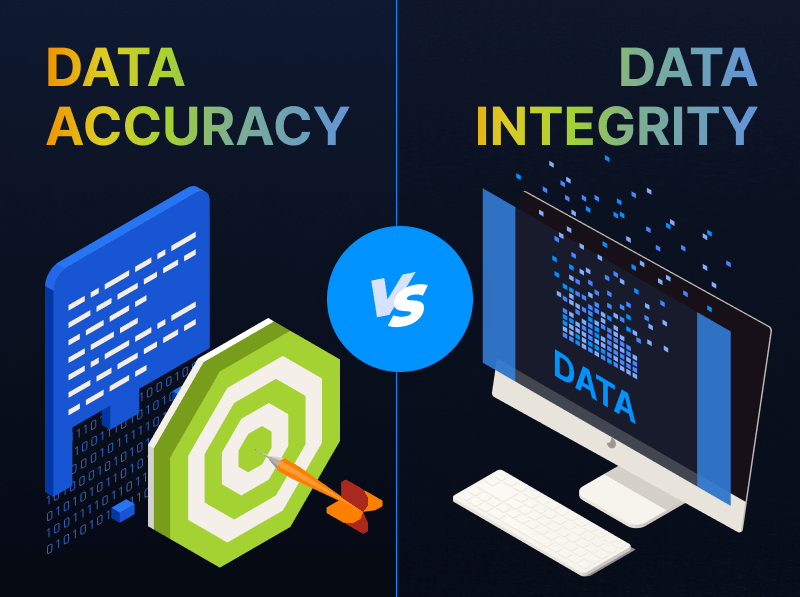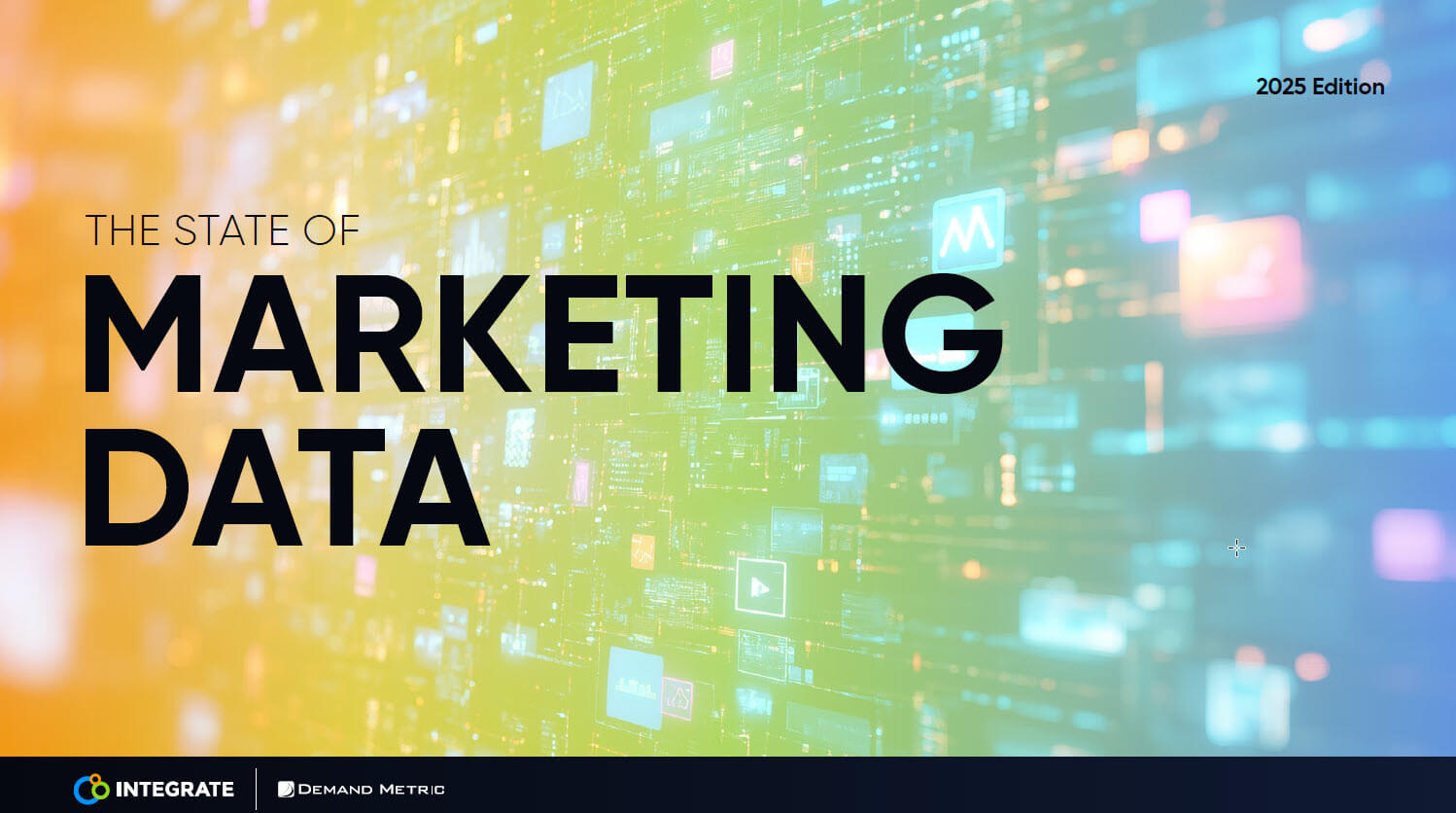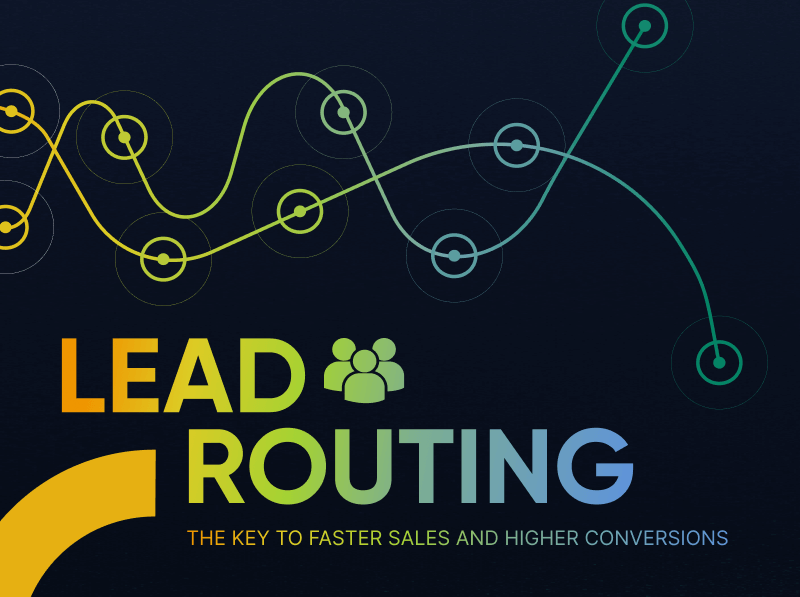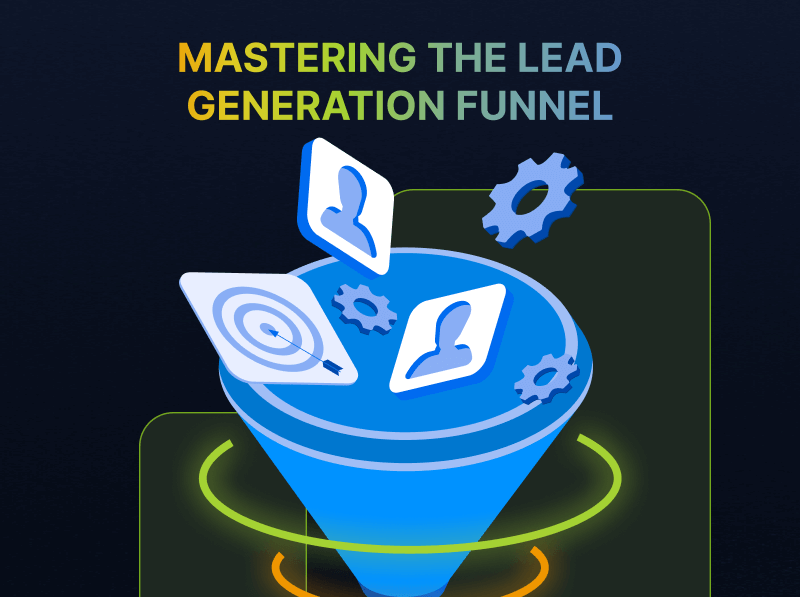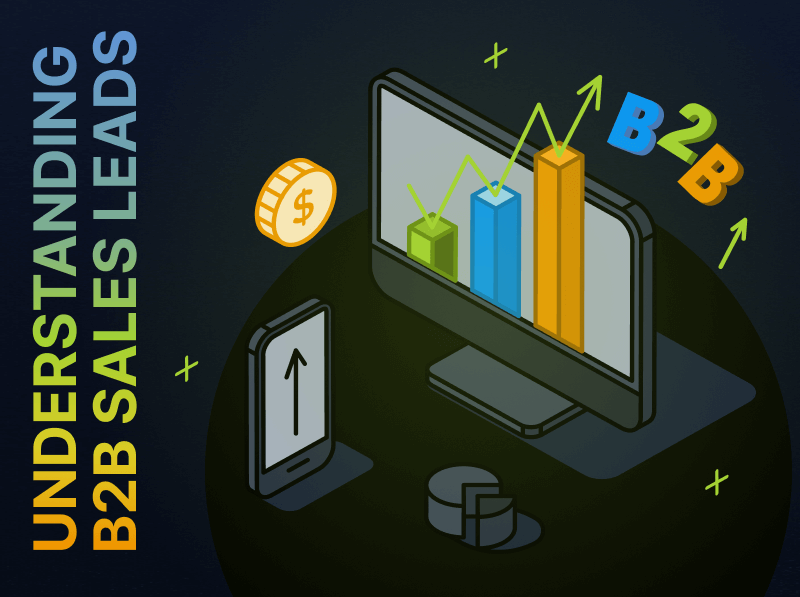7 Strategies to Help You Land High Quality Leads
In today’s challenging and uncertain world, marketers are under immense pressure to produce an ever-increasing amount of leads. But when expensive and time-intensive demand programs fail to deliver quality leads, it’s all too easy to fall into an approach that focuses on the quantity of leads, rather than their quality.
As for any demand generation campaign, there are literal, fixed costs and hidden costs. Abusing database limits and cost-per-send rates can lead to your business throwing thousands away every year. When your lead generation activities result in a higher return of bad leads to good, these costs can be detrimental to your investment, time and reputation.
With that in mind, we thought it would be helpful to list our top 7 strategies that you can use to ditch the quantity mindset and focus on generating a clean database filled with high-quality, qualified leads.
1. Establish an Efficient, Automated Lead Scoring Process
So, you’ve got a steady stream of leads flowing from your demand programs into your CRM and Marketing Automation systems, but how do you determine what to prioritize for routing and follow-up? It’s important to remember that not all the leads you generate are created equal.
What we mean by this is that trying to capitalize on every single lead at the same time will result in more harm than good. Not all of them are in the same stage of the buying cycle when they come through. Just because they downloaded your latest eBook, doesn’t mean they’re looking to buy from you right now, or even ever.
But how do you determine which leads are worth your time and investment?
Firstly, you need to determine what a good lead looks like to your business; you need to determine your Ideal Customer Profile (ICP). The following strategy is just one of the methods you can use to determine what this customer looks like.
The Criteria-Based Strategy
You describe the persona of your ideal customer – who are they and what do they do? Here are just some of the criteria you can use to identify a high-quality lead:
- Role (job function)
- Department
- Job title, seniority
- Type of influence on purchasing
- Industry
- Segment, organization size
- Geography
- Amount of social engagement
- Engagement in activities related to your product
- Consumption of content relevant to buying your product
- Actions taken with regard to your product
- Actions taken with regard to related products
- Requests to be contacted by your brand
This data can be found by reviewing your existing prospect and customer data. You can also speak with other departments that work directly with your buyers, such as Sales and Customer Success. Many of these criteria can be used, or only a few, but assuming the description is justified, the more criteria you use, the higher quality of lead.
When you have an effective lead scoring strategy in place, you can easily determine which leads deserve your time and resources. You can set lead scoring parameters in your marketing automation and/or CRM system that automatically filter contacts that have entered through channels. For example, you could have 6 criteria set to define your ICP and a lead meets two of the criteria (company size and title). You can use these factors to calculate a lead score – a number that represents how close a lead matches to your ICP. You can then be sure that only leads with a certain minimum score are sent on a nurturing track that uses your resources, time and investment.
2. Sales and Marketing Integration for Success
Your sales teams rely on your efforts to supply them with high-quality leads. When you send bad leads down the funnel, they end up spending hours cleaning up data and reaching out to leads who have no interest in your offering. As frustration deepens, distrust in your activities grow and we often find sales teams setting up their own processes to find and engage buyers, duplicating efforts and overwhelming prospects.
To avoid this, develop your Ideal Customer Profile with your sales team. By having a clear definition of what a good lead is, sales and marketing can avoid problems such as:
- Sales leads not being prioritized
- Sales rejecting or not following up on leads
- No clear lead routing process
Remember to meet regularly to redefine what a good lead means to your business. New findings from sales conversations should help drive marketing strategy and determine the content and promotions that would appeal to your ideal customers.
At Integrate, we talk a lot about the benefits of having aligned teams working towards mutual revenue goals and how such teams are driving leading organizations across the world.
As these revenue targets become aligned, quality becomes the focus across the entire team. Shared goals and metrics must be established as a team. By enabling all sales and marketing personnel to work with an integrated structure of systems, dashboards and metrics, you ensure all teams are using the same data. Without clean, intelligent data and a modern data structure, it becomes incredibly difficult to achieve the integrated view that drives sales, marketing, and customer collaboration and results.
3. Understand Your Lead Sources
In order to continue driving a strategy of high-quality lead generation, you need to start by understanding the value of each of your lead sources. Knowing which channels drive the most closed deals for the lowest acquisition cost will highlight where to invest more of your time and money.
Here are some of the key metrics we use at Integrate to analyze how well a lead source is performing.
- Lifetime value of customer by lead source
- Total revenue value by lead source
- Lead-to-close conversion cycle by lead source
While it’s great to see certain channels performing better than others, if most or all of yours leads are generated from a single source, you could end up in trouble. It is important to diversify your lead sources so that if one channel suffers, your lead generation doesn’t take a hit.
4. Understand Your Target Audience
In order to generate high-quality leads, you need to understand the value members of your target audience and buying groups within your named accounts are looking for and the challenges they are hoping to solve. Developing personas for each different type of buyer will help govern all of your lead generation activities. Most companies have buyer personas in place in one form or the other, but a lot of these personas only include basic information such as job title, goals and frustrations.
Works with your sales team to answer questions such as:
- What content do they consume?
- Where do they find that content?
- Why do they want our product?
- Why do they want to choose us over a competitor?
Take a look at your most successful customers and profile them. What journey did they take to purchase? What content did they interact with? Where were they sourced?
When you craft your communications, look at the buyer’s experience and pain points. Pinpoint where they spend the most time searching for solutions; that will determine where to focus your lead generation efforts.
5. Strike the Balance Between Quantity and Quality
As a marketer, you and your team are tasked with trying to get as many leads as possible within your budget. Your sales teams may be asking for more leads, but there’s an expectation there that they need to be high-quality, ready to buy leads.
Obviously, in an ideal world, we’d like to have both, but striking a balance between quantity and quality takes time. Your lead generation strategy should begin with a focus on quality to highlight the best tactics that drive customer engagement and intention to purchase.
Once you’ve found the right formula that generates high-quality leads, you can then focus on scaling that effort to increase the quantity.
6. Improve Your Content Value with Progressive Profiling
The more you know about your target market, the better your chances are of delivering content that drives higher-quality leads.
Progressive profiling involves gradually collecting more data on your leads throughout the buyer’s journey. For example, when a new website visitor signs up for your newsletter, you might ask that visitor for a name and email address. Two weeks later, when that lead clicks on a link in the newsletter to download a new eBook, you can ask for additional data to qualify that lead, such as industry and job role.
As that lead passes down the sales funnel, he or she will eventually request a product demo. You can then ask for data that will assist sales actions, such as budget range and purchasing authority.
Instead of hitting leads with twenty questions on a single form, progressive profiling allows you to deliver more relevant content and score each lead more accurately, based on specific criteria.
The more data you can extract from leads, the smarter you can be with your marketing campaigns, creating more effective and targeted communications.
7. Automate Your Efforts with Tech
Marketing Technology that automates the generation, prioritization and routing of leads has evolved so much over the past decade. But unfortunately, no amount of technology can fix a bad strategy or ineffective processes.
Even with the best tech solution, if you don’t have a solid understanding of your target audience and can’t identify the difference between the good leads and the bad, you’ll continue in your current state, while spending more money on software to duplicate your inefficient processes. Yet, once you have an effective lead qualification process in place, tech platforms can support your strategy’s effectiveness and efficiency by automating the filtering process to ensure those bad leads don’t end up in your database.
Be Confident in Your Data
In the world of B2B marketing, there is no one-size-fits-all strategy. Leading teams develop best practices through the results of research, analytics, trial and error. Taking time to determine what your Ideal Customer Profile looks like, evaluating your highest performing lead sources and working on a process that finds the balance between quality and quantity are the first steps in creating an effective pipeline-generating machine. Once you have this strategy and process defined, you can look at tech solutions to help you home in, duplicate and automate demand generation programs that result in high-quality leads.
Pinpointing and evaluating the costs of bad leads on your business go beyond financial investment of lead sources and CRM databases. There are also hidden costs that have damaging results on your business, from missed opportunities and damaged brand reputation.
Determining the financial and hidden costs of your leads and the impact they have on your business and revenue can be tricky. That’s why we made it easy with our ‘Cost of a Bad Lead – Demand Marketer’s Guide’ which includes an easy to follow calculator and insights that you can use to squash your bad data problem once and for all.



